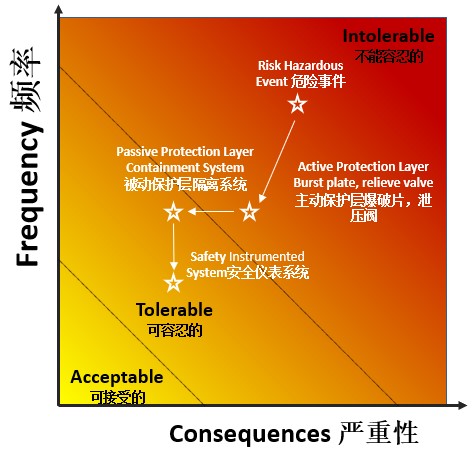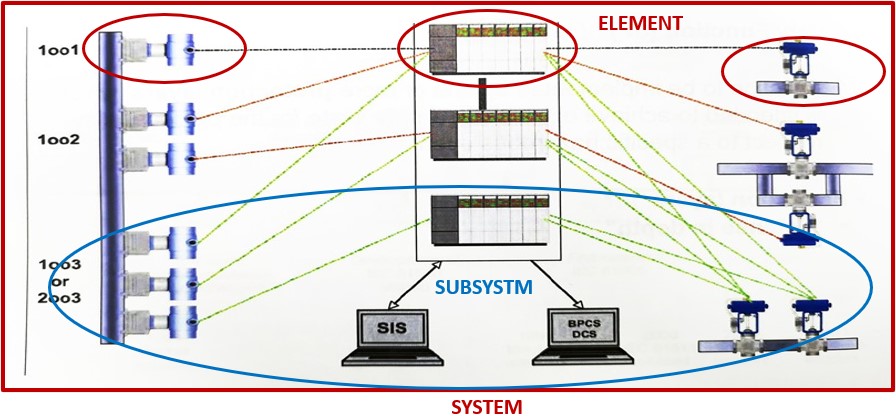Engineering
Explosion Protection Expert
Process Safety Management
Process Safety Management
Process safety management (PSM) is to use the ideas and methods of risk management and system management to establish a management system, actively and prospectively manage and control process risks and prevent major accidents on the basis of comprehensive analysis of the process system. Dragon Industry can provide process safety management services, mainly including:
Hazard and Operability Analysis (HAZOP)
Introduction:
The purpose of Hazard and Operability Analysis (HAZOP) is to identify hazards existing in the process or operation process and unacceptable risk conditions caused by process deviation. HAZOP analysis is carried out, in the form of meeting, by a group of personnel with multi-professional backgrounds, who divide a unit into several nodes, use a series of parameters and guide words to build deviations, and use brainstorming to analyze and study the problems of hazard and operability in the process. It is a procedural, formal and systematic review process, which can evaluate the potential design error or misoperation of the unit and its impact on the operation of the whole device.
Specific application:
HAZOP analysis can be applied to the whole life cycle of engineering projects from preliminary conceptual design to later production and operation. Including but not limited to the following categories:
· Preliminary conceptual design, finalization stage of process package and equipment
· Each design stage
· Operation stage: major changes, Phased analysis for every 3 or 5 years
Although HAZOP analysis can be carried out in all stages of the whole project cycle, HAZOP Analysis in the design stage is more effective for improving the reliability and availability of the device and effective equipment management.

Layers of Protection Analysis (LOPA)
Introduction:
LOPA is a semi-quantitative analysis method used to evaluate the effectiveness of independent protective layer in reducing the possibility or severity of events. LOPA is based on HAZOP Analysis and other process hazard analysis to analyze scenarios with high risk or serious consequences. LOPA is guided by a chairman according to the rules, and joined by all professionals for analysis and discussion.
Specific application:
LOPA analysis can be applied to the whole life cycle of the project, including from the early conceptual design stage to the later production and operation stage. In the design stage, if the safety instrument function (SIF) loop is required to function as a risk reduction measure, LOPA method can be used to determine the SIL of SIF loop as the input condition for SIF loop design.

Safety Integration Level (SIL) Assessment
Introduction:
Safety Instrument System (SIS) usually includes emergency shutdown system (ESD), burner management system (BMS), high integrity pressure protection system (HIPPS), fire alarm and flammable gas detection system (FGDs), etc.
The risk reduction requirements that the corresponding SIF needs to meet can be determined after HAZOP analysis and SIL determination of a unit. Through SIL assessment, the performance of SIF can be verified after design and installation whether it can meet the original risk reduction requirement.
Specific application:
Based on components’ PFDavg (average probability of dangerous failure on demand), the entire SIF circuit’s PFDavg can be calculated. Meanwhile, the hardware structure constraint characteristics of SIF loop should also be considered to verify whether SIF loop can meet the SIL requirements.
Factors to be considered during SIL assessment include (but are not limited to):
· Random Hardware Failure rate(λ);
· Hardware Fault Tolerance(HFT);
· Safe Failure Fraction(SFF);
· Common cause failure factor(β);
· Proof test interval and mean time to restoration;

























